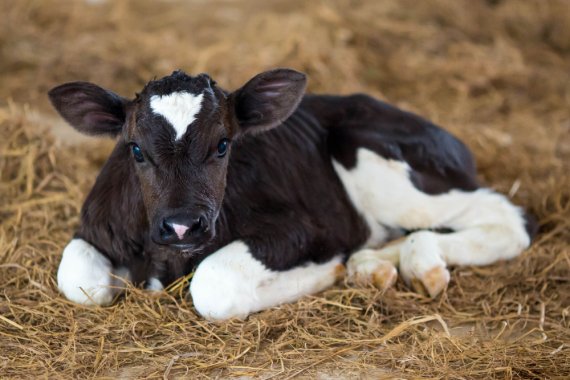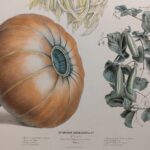Barry studied the welfare of calves on several dairy farms in Ireland, his home country. ‘Since the milk quota was lifted in 2015, farms have increased in size rapidly,’ Barry explains. ‘That growth includes the amount of livestock.’ Unlike in the Netherlands, where calves are born year-round, the spring is calving season in Ireland. ‘As a result of the growth of farms, many calves are born in a short timespan. This could impact animal health’, states Barry. This is due to the simple fact that the farmer has less time per calf. Barry developed a protocol to assess and improve the welfare of calves during calving season. His study led him to visit some 50 dairy farms.
Colostrum
Feeding the calves after birth is one of the most critical factors to their welfare. The first milk, the colostrum, is essential to the young animal’s immune system. Most dairy farmers mix the colostrum obtained from the cows and feed it to the young calves. Barry discovered that this approach causes the calves to receive less IgG, a relevant antibody, than if they were fed colostrum from a single cow. However, the level of antibodies obtained by the calves sampled during this study was sufficient in all cases. ‘The disadvantage of pooled colostrum is that it increases the risk of disease transfer within a herd’, Barry explains. ‘If one of the cows providing colostrum has a disease, this could be transferred to any calves which receive this colostrum’. Only 15 percent of the farmers measured the quality of the colostrum, which is a potential health risk. So there is room for improvement.’ Another aspect that may be improved is hygiene, particularly towards the end of the calving season. By this time, the population of calves in the pens is at its maximum, causing the stables to be dirtier.
Same treatment for male and female calves
Farmers did not distinguish between male and female calves when feeding colostrum. According to Barry, this is a good sign: ‘It is good to see that bull calves are not treated differently to their female counterparts, despite their lower economic value. Previous studies showed a higher mortality rate among bull calves however this study demonstrates this is not due to the application of different management practises.’
Play behaviour
Barry also examined the amount of space each calf had within groups, but also mortality rates, when assessing their welfare. He found that the size of the herd did not influence these factors. ‘A perception continues to exist that animal welfare is poorer among larger herds. Findings from this study, however, clearly indicate that this is not the case.’ Across all the herds included in this study, calves generally had twice the legally stipulated minimum space allowance of 1.5 square meters. Their behaviour was unaffected by the available space. However, Barry did notice that calves present in groups with a large number of other calves spent less time playing, which could indicate a lower level of welfare. Additionally, large group sizes can facilitate the spread disease, when an outbreak occurs. ‘To improve welfare, but also for biocontainment, we recommend housing calves in groups of no more than ten’, states Barry.
International protocol
While the protocol developed by Barry was designed for seasonal calving systems, with a few alterations the protocol would be suitable for internationally application. Technological development could also be integrated into this protocol. ‘In the future, the use of sensor technology to monitor behaviour throughout the day may be useful. Automatic feeders and accelerometers can monitor feeding and movement patterns, which provide a good indicator of potential welfare issues.’

 Photo: Shutterstock
Photo: Shutterstock 

